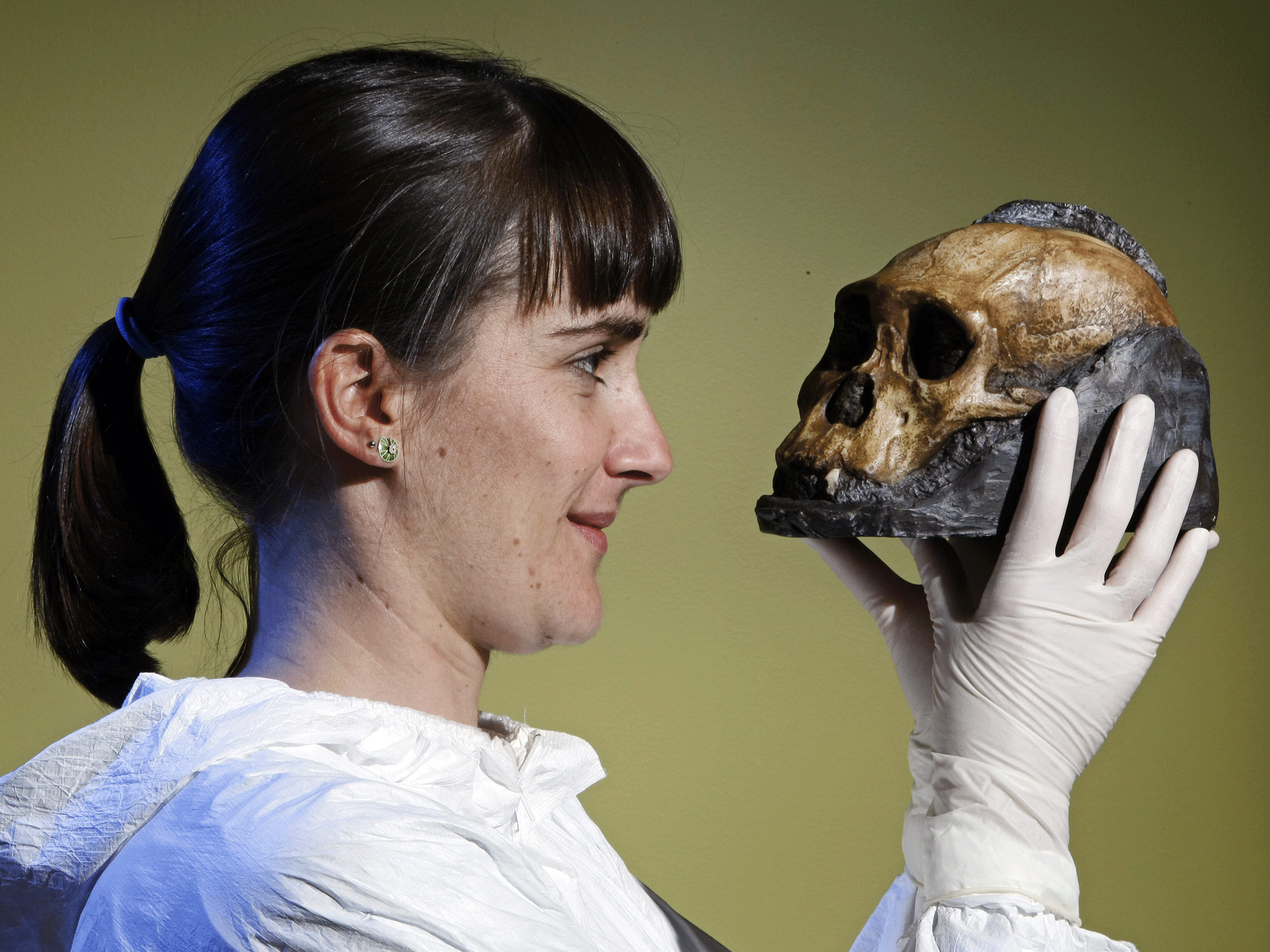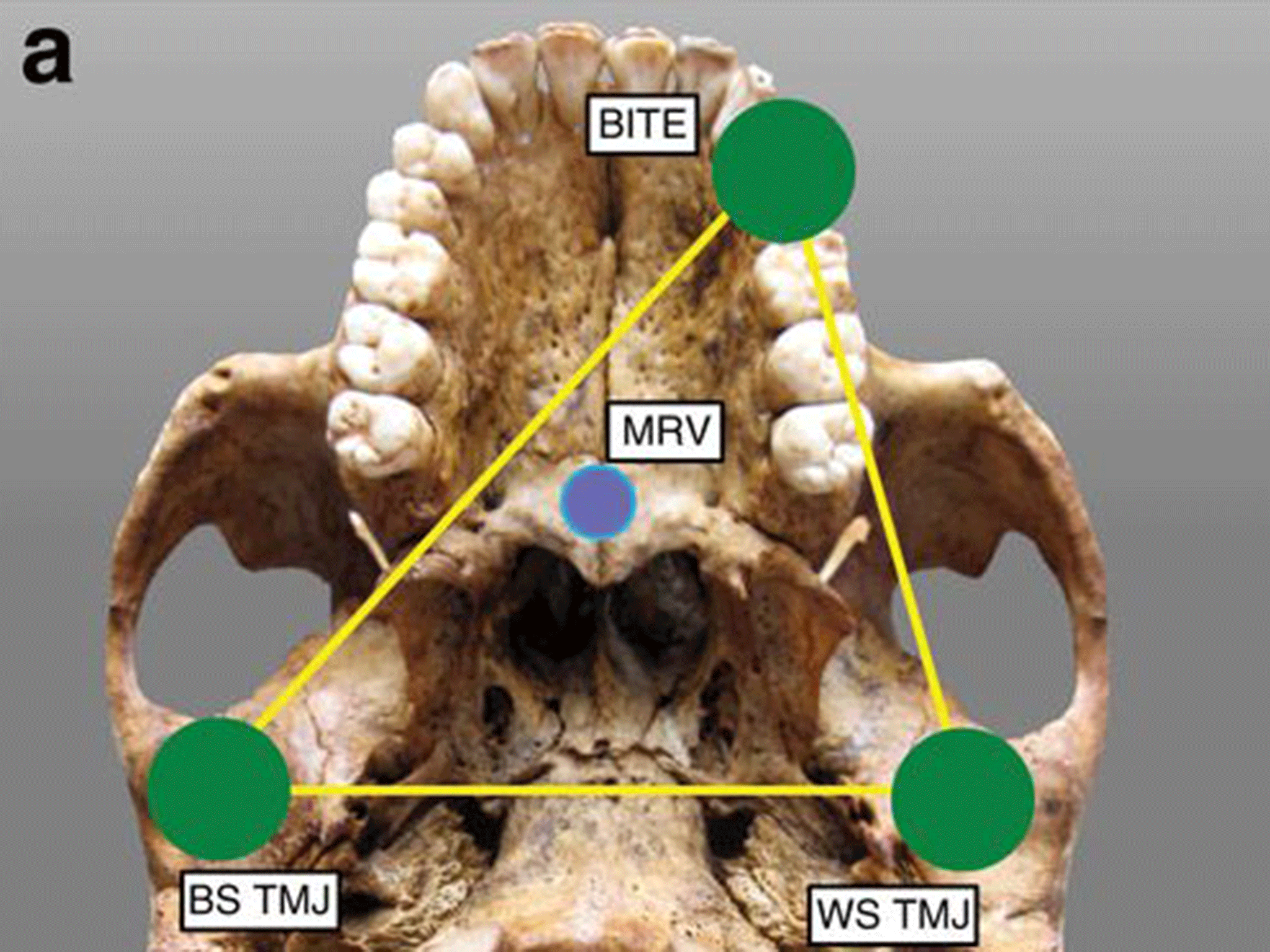Early human ancestor jaws were not built for hard-food diet, say Australian scientists
New evidence overturns theory the hominids ate nuts, leaves and bark

Scientists have concluded early human ancestor jaws were not built for a diet of hard food - contradicting long-held theories about the evolution of humans.
The Australopithecus sediba, a human specimen whose fossil remains were first found in South Africa, was believed to have eaten a varied woodland diet when it walked the earth about two million years ago.
But the new research argues the Australopithecus sediba lacked the "nutcracker" jaw required to deal with the nuts and other tough foodstuffs of such a diet, according to journal Nature Communications.
Justin Ledogar, a researcher at the university of New England in Australia, said the hominid would have been at risk of self-injury if it had survived predominantly off a diet requiring considerable cracking and crushing.
"We find that A. sediba had an important limitation on its ability to bite powerfully," said Dr Ledogar.
"If it had bitten as hard as possible on its molar teeth using the full force of its chewing muscles, it would have dislocated its jaw."

The team bio-mechanically tested a computer-based model of an Australopithecus sediba skull, using programmes similar to those which test car and aeroplane models before driving them.
Their evidence reputes a theory put forward in 2012 which argued the early human specimen had lived on a diverse woodland diet including nuts, tree bark, leaves, fruit and other plant products.
The Australopithecus sediba is a possible early human ancestor of today's Homo sapiens, Melbourne University researchers proposed in 2011.
It had a small, ape-like frame and was first discovered in fossilised form in the famous Malapa Fossil Site north-west of Johannesburg.
Join our commenting forum
Join thought-provoking conversations, follow other Independent readers and see their replies
Comments